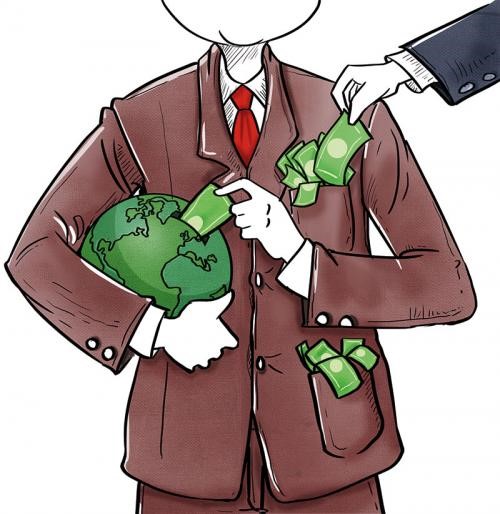Free Courses Sale ends Soon, Get It Now


Free Courses Sale ends Soon, Get It Now



Disclaimer: Copyright infringement not intended.
Context
Background
About debt-for-climate swaps
Working
Significance
Why creditor countries should engage in debt-for-climate swaps?
Why is it a hope for small island countries?
Success Stories
Seychelles
Belize
Sri Lanka
|
PRACTICE QUESTION Q) Debt-for-nature swap allow rich countries to pay for their acts of historical injustice, while helping the poor ones manage mounting public borrowings and climate change challenges. Comment. (150 words) |
© 2024 iasgyan. All right reserved